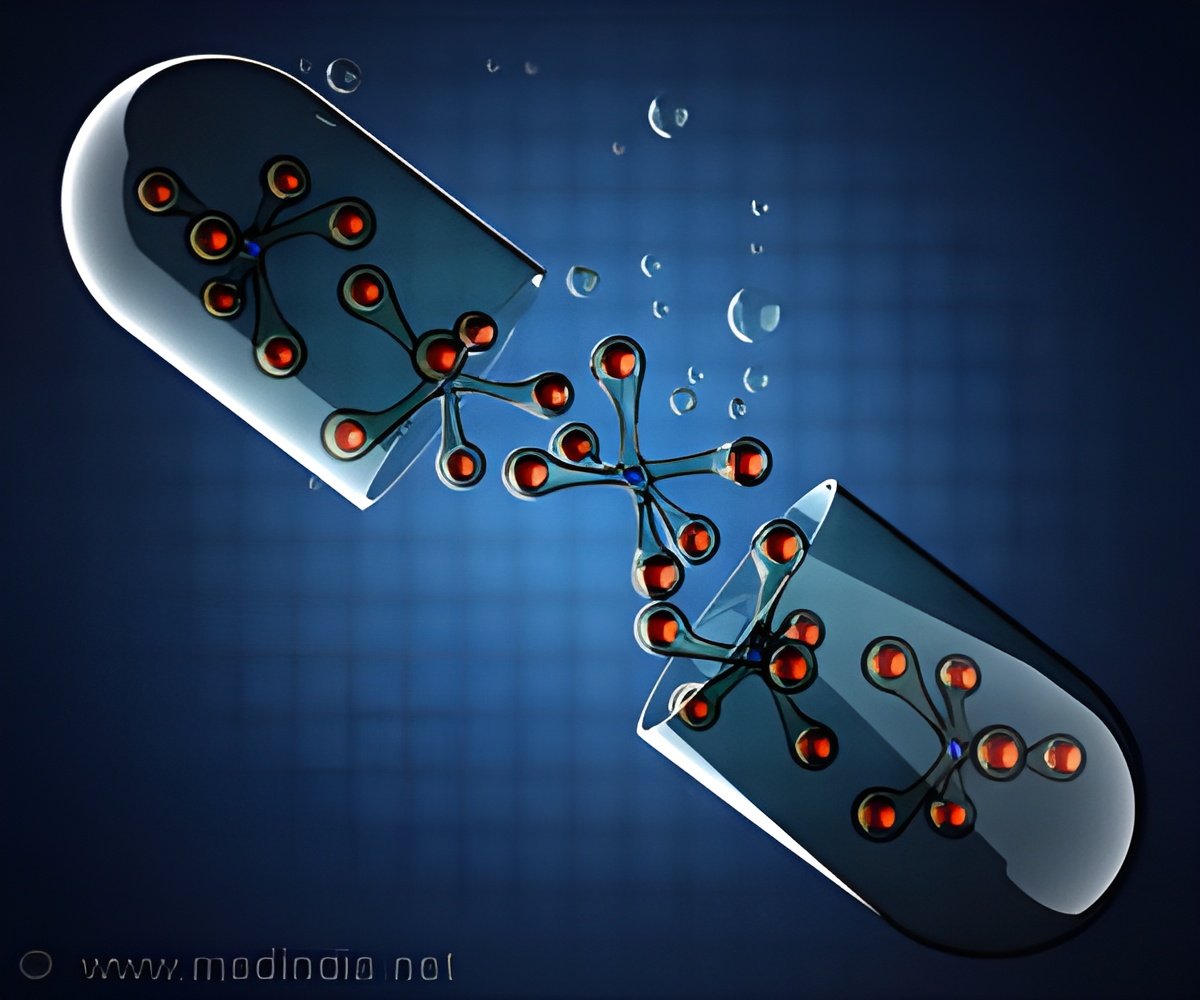
Researchers in the journal ACS Nano explains that if applied to the elbow, the patch would release a drug when the elbow bends and stretches the patch.
Zhen Gu, co-senior author of a paper describing the work and an assistant professor in the joint biomedical engineering program at NC State and UNC-Chapel Hill, says, “This could be used to release painkillers whenever a patient with arthritic knees goes for a walk, or to release antibacterial drugs gradually as people move around over the course of a day.”
The technology comes with an elastic film studded with biocompatible microcapsules. These microcapsules contain nanoparticles that can be filled with drugs.
The microcapsules stick halfway out of the film, on the side of the film that touches a patient’s skin. The drugs leak slowly out of the nanoparticles and are stored in the microcapsules.
When the elastic film is stretched, it also stretches the microcapsules – enlarging the surface area of the microcapsule and effectively squeezing some of the stored drug out onto the patient’s skin, where it can be absorbed.
Advertisement
After being stretched, the microcapsule is ‘re-charged’ by the drugs that continue to leak out of the nanoparticles.
Advertisement
Source-Medindia










